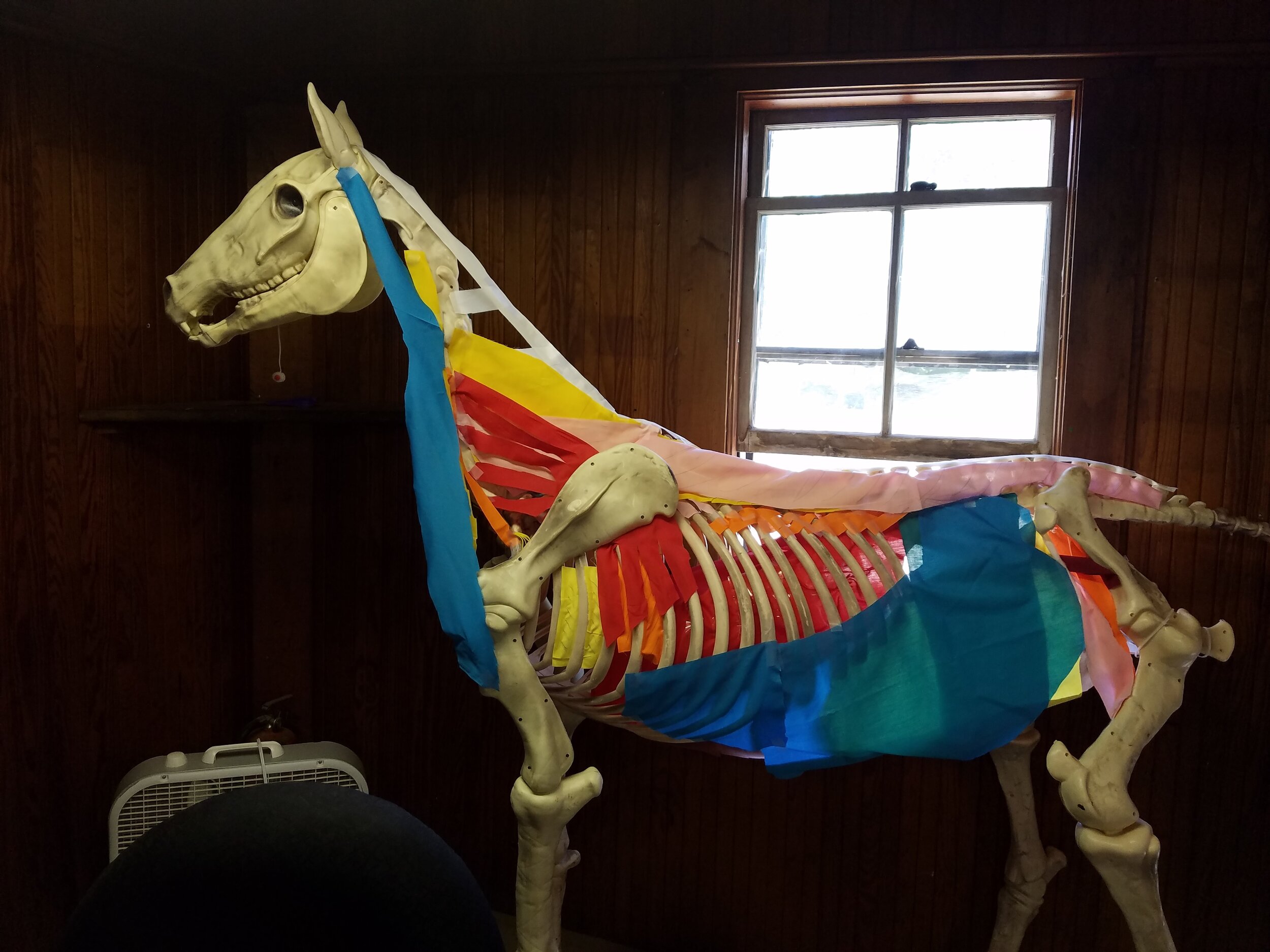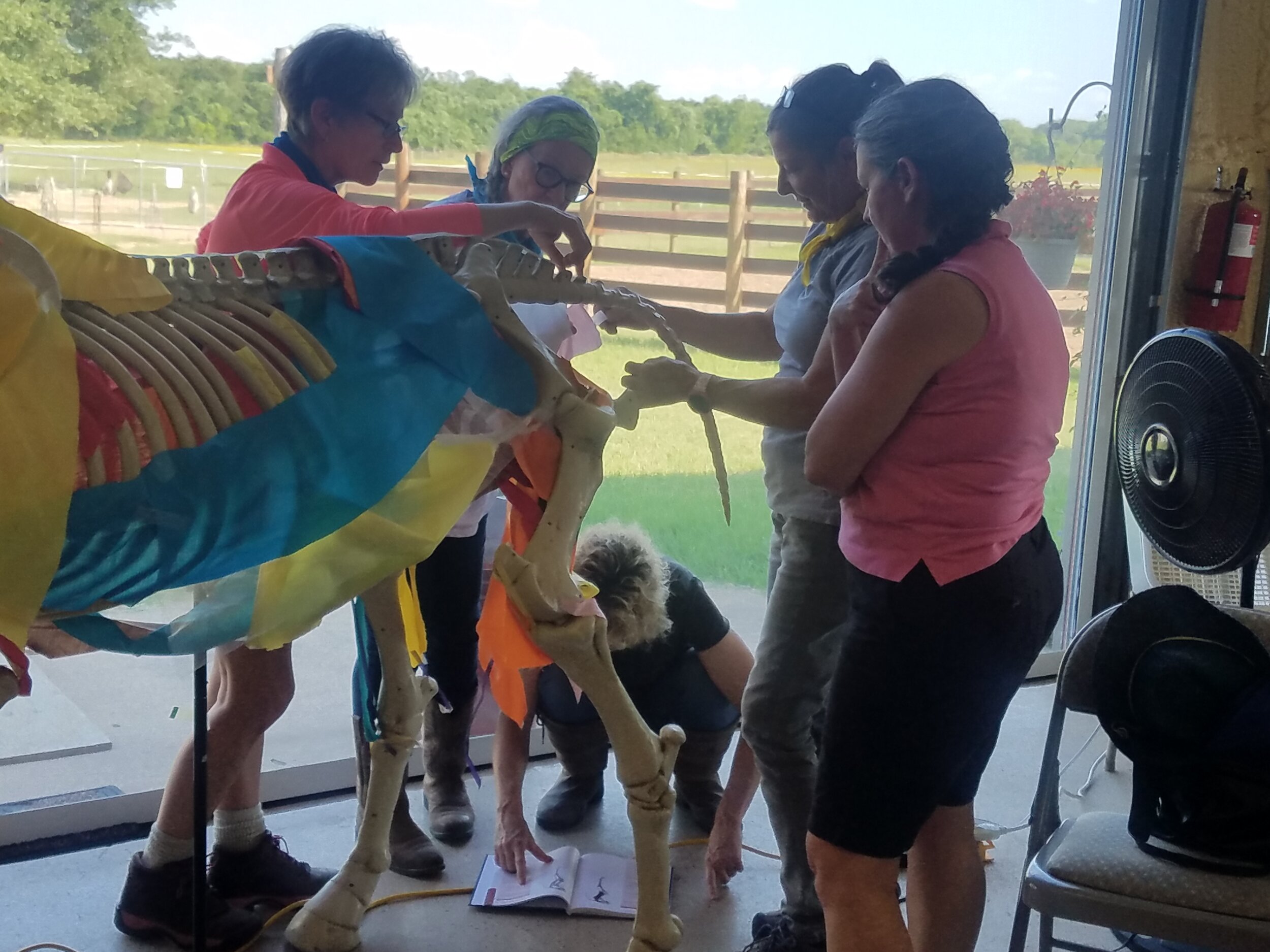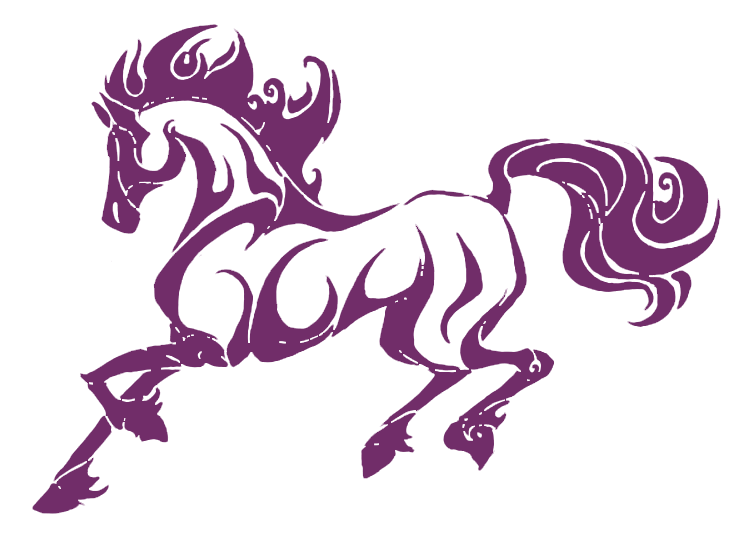COURSES
| Advanced Applied Anatomy |  |
NBCAAM Approved CE Credits |



Overview:
Intensive 5-day on-site training including classroom learning and applied knowledge working with horses. The time with horses is also spent looking at the range of motion of many of the joints, so bodyworkers better understand what full range of motion actually looks like.
Dates:
May 2–6, 2024 SOLD OUT!
Sep 12–16, 2024
Oct 10–14, 2024
More Details:
Lorre started teaching this course in the spring of 2017. Lorre saw the need to teach a course of anatomy to help educate people how to apply the anatomy they learn to the bodywork they are doing. In that way, people tend to retain the information better than just reading and learning straight out of a book.
The course is an intensive five days of learning in the classroom and then working with horses to apply the knowledge learned in the classroom. The time with horses is also spent looking at the range of motion of many of the joints, so bodyworkers better understand what full range of motion actually looks like.
The course starts with such topics as: bones and the importance of their shapes; the specific shapes of certain joints; the different types of joints; muscles and their different types of contractions; and the significance of the gamma loop. A significant amount of time is spent in the course talking about fascia and its importance to free motion or the lack there of. The course builds from there, spending considerable time on teeth; the temporomandibular joint (TMJ); the hyoid; the importance of all of these to motion in the rest of the body. Another substantial subject covered is feet; the importance of balance; and how those imbalances create problems throughout the body.
The course continues to build covering the important topics of: some of the cranial nerves; the sympathetic and parasympathetic nervous systems; the diaphragm; and the viscera and how the organs impact these systems.
Throughout the five days, the students spend time taking fabric muscles and applying them to a full-size horse skeleton. Working in small groups, the students apply the muscles from the deepest layer of muscles to the most superficial. This exercise helps the students visualize how the muscles lay over each other, how the fascia can become adhered, and gives them a greater sense of how all the muscle groups work together.
Reviews:
Best four days ever spent in a clinic… | What a phenomenal class…
